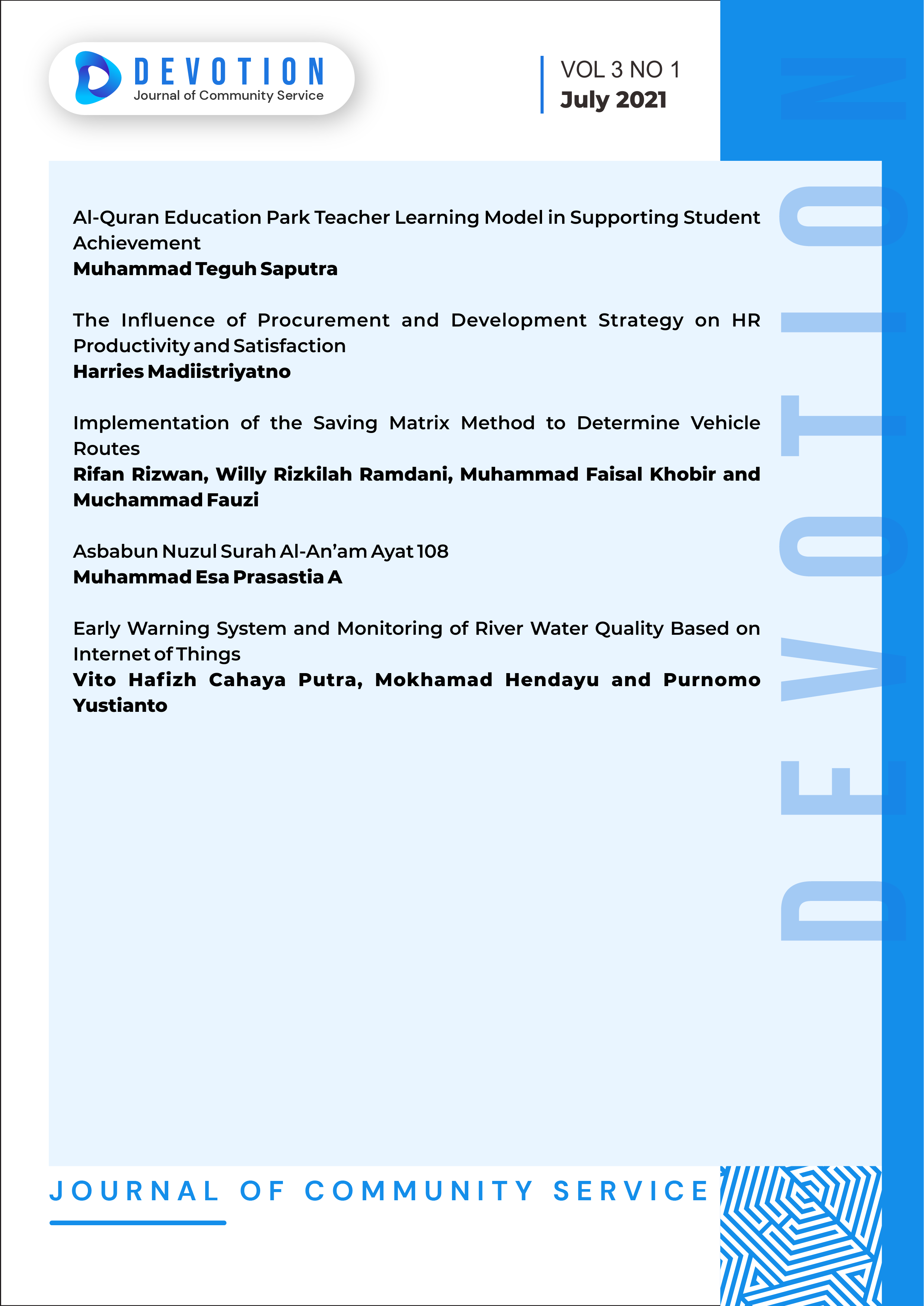Application of Pineapple Juice as a Signature Drink in Polytechnic of Bintan Cakrawala Through Organoleptic Test
DOI:
https://doi.org/10.36418/dev.v3i1.93Keywords:
Pineapple Juice, Organoleptic Test, Bintan Cakrawala PolytechnicAbstract
Generally, fruits are processed into processed products such as jam, jelly, lunkhead, fruit juice, fruit tea drinks, syrup, canned fruit, dry or wet candied jam. In addition to fruit, currently vegetables can also be used in various forms and types of food because they also have high nutrients, especially vitamins and minerals. Pineapple (Ananas comosus) contains many nutrients including vitamin A, calcium, phosphorus, magnesium, iron, sodium, potassium, dextrose, sucrose, and the enzyme bromelain (bromelain) is one of the important and useful components in the pharmaceutical field and food. Bromelain enzymes can hydrolyze proteins (proteolysis) and relatively resistant to heat. Pineapple is generally consumed directly, but in order to remind the economic value and extend a shelf of life, processing is carried out. Fruit juice is a liquid that is taken, squeezed or removed from the fruit by pressing or pressing by other mechanisms. With this research, the results of processed pineapple juice are combined with other drinks according to the composition which used as a signature drink from Bintan Cakrawala Polytechnic. In this study, it was tested using an organoleptic test that assessed the physical quality properties such as color, aroma and flavor. From the results of this test, the average results were obtained, namely for flavor with a value of 6.87 for a dose of 75 ml of pineapple juice, for color with a value of 6.88 for a dose of 50 ml of pineapple juice and finally for color with a value of 6.62 for a dose. pineapple juice as much as 75 ml.
Published
Issue
Section
License
Copyright (c) 2021 Nurul Fitri Handayani, Nelfi Rizka Azzahra Harahap, Dimas Dwi Prasetyo, Emilia Ayu Dewi Karuniawati

This work is licensed under a Creative Commons Attribution-ShareAlike 4.0 International License.
Authors who publish with this journal agree to the following terms:
- Authors retain copyright and grant the journal right of first publication with the work simultaneously licensed under a Creative Commons Attribution-ShareAlike 4.0 International. that allows others to share the work with an acknowledgement of the work's authorship and initial publication in this journal.
- Authors are able to enter into separate, additional contractual arrangements for the non-exclusive distribution of the journal's published version of the work (e.g., post it to an institutional repository or publish it in a book), with an acknowledgement of its initial publication in this journal.
- Authors are permitted and encouraged to post their work online (e.g., in institutional repositories or on their website) prior to and during the submission process, as it can lead to productive exchanges, as well as earlier and greater citation of published work.













